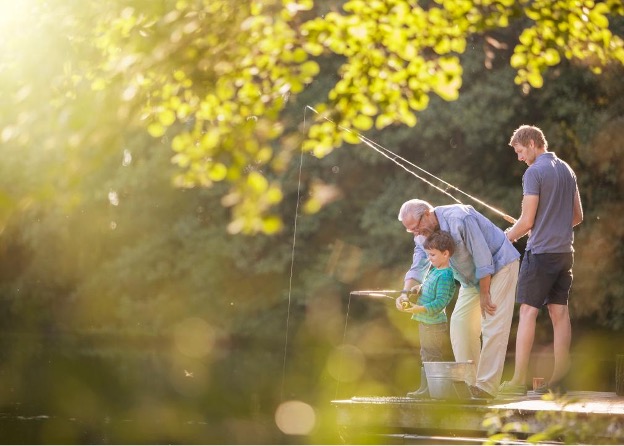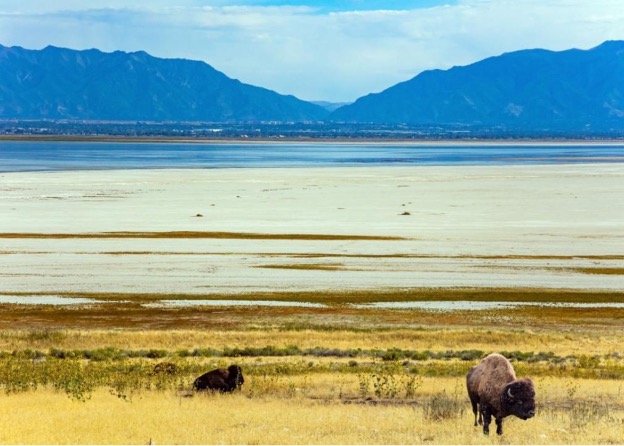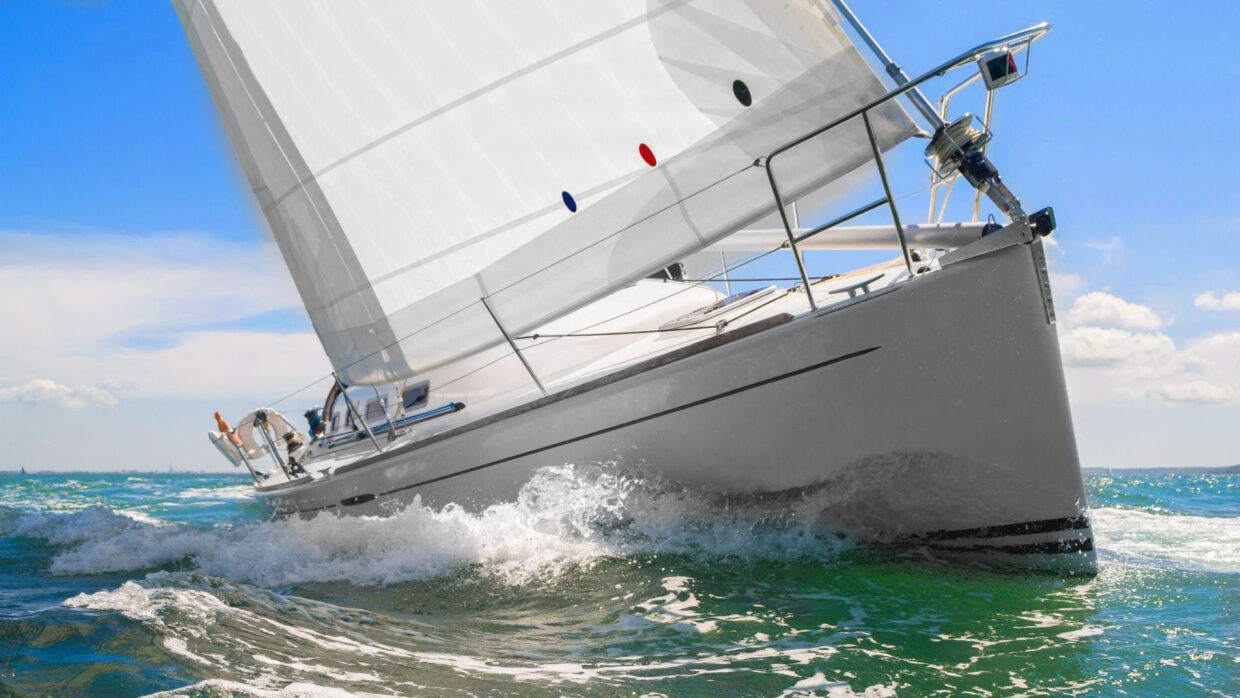For many fishermen, the falling leaves and dropping temperatures are sure signs that fishing season is over for the year, forcing them to pack away their rods and reels until spring. But others know that the winter brings a whole new opportunity for anglers willing to deal with the chill. It's ice fishing, a beloved activity for generations of Americans and people around the world. Read on as we explore the basics of ice fishing, what you'll need to get started, and the other finer points of this fun and easy winter activity.

What is Ice Fishing?
The primary thing distinguishing ice fishing from other styles is right in the name – it takes place on frozen bodies of water like lakes, ponds, bays, and others. Ice fishermen drill holes through the ice to access the water and the hungry fish below. It’s a practice that dates back as far as fishing and hunting do, helping those who live in colder climates maintain a source of food during the depths of winter. In modern times, it’s primarily a recreational activity that’s particularly popular in northern parts of the United States, where winter months provide sturdy ice and plenty of freezing days.
Gearing Up
While some general fishing gear can be repurposed for ice fishing (like lines and some hooks or lures), you’ll need to buy ice-specific items in many cases. These include ice fishing rods, which are shorter (just three to four feet) and more responsive, allowing anglers to pick up on more subtle bites and operate in tighter circumstances. Alternatively, you can use what’s known as a tip-up, a more passive method that allows fishermen to bait and arm a device that raises a flag when fish take the bait. You’ll also need to buy some equipment necessary to set up your fishing spot, like an ice augur to drill holes. In addition, an ice shelter is typically used to protect you from the cold and the elements while fishing. Other helpful items range from ice cleats for easier movement to a sled for carrying gear to a comfortable, portable seat for those long hours out on the ice. Those who truly want to take their ice fishing to the next level can invest in fish finders, cameras, portable heaters for your shelter, and more.
It’s imperative not to forget another must-have for most anglers – a fishing license. Costs, length, and restrictions vary from state to state, so consult your local fish and game officials for details. Those who’ve already fished likely know, but it bears repeating for newbies: while paying the license cost can feel like a lot of money to drop a line in the water, it’s often just a fraction of the common penalties for those caught knowingly fishing without one.
Staying Safe on Ice
Fishing or other activities on and near the water always come with some risk, but ice fishing takes the potential for accidents to a more immediate level. Ice fishermen are typically sitting directly on the ice that they’re fishing through, and insufficient thickness can lead to serious situations where they fall through into ice-cold water. Always check the ice thickness before walking out on a body of water, then an ice augur (essentially, a giant drill) to drill and measure test holes as you progress further from shore. An average-sized angler typically needs about four inches of ice thickness to safely support their weight, while small groups require twice that. Snowmobiles and ATVs also generally need upwards of 10 inches, while cars and trucks require a foot or more. Most also look for clear, black ice, which is stronger than cloudy or snow-covered versions. Carrying additional safety equipment like life jackets or ice picks to pull yourself out of the water can also be helpful in emergencies.
Ice Fishing Techniques: The Basics
The first step of any ice fishing trip (after finding your spot and setting up your shelter) is drilling your fishing hole. The size of this hole will be dictated by the size of your ice augur and can range from as little as four inches in diameter to 10 inches or more. Hand-operated versions are the lightest and cheapest, while gas- or electric-powered augurs are easier to use and can produce larger holes. Then, prepare your gear and bait your hook. Both specialized lures and live bait are used in ice fishing, though the latter is often easier for beginners. From here, it’s like any other fishing experience. Set your line and wait for a bite. The depth will vary by the type of fish you’re after, as well as factors like water clarity and temperature. When you’re finished for the day, break down your setup, ensuring you’ve left no trash behind and as little impact on the environment as possible. Those wishing to be extra safe can also check ice thickness as they make their way back to land to ensure nothing has significantly changed during their fishing session.
Patience is a Virtue
There’s no doubt that patience is required no matter what kind of fishing you’re doing, but ice fishing can require an extra dose. Fish are cold-blooded, meaning their energy decreases when water temperatures drop, leading to lower activity. In addition, ice fishermen only have access to an area of water as large as the hole they drill. While regular anglers can cast over a wide area, trying out different spots for fish, those on the ice are more limited. Meanwhile, the sometimes frigid temperatures can make it even more difficult than usual to sit still if you’re not bundled up properly. Regardless, successful ice fishermen will need plenty of patience – or they’ll certainly develop it over time.
This slow pace contributes to another thing that makes ice fishing so popular, which is the social aspect. It’s an excellent way to spend a few hours chilling (literally) with friends and family, catching up and enjoying each other’s company while waiting for a bite.
Ice Fishing: No Need to Wait for Spring to Reel in a Big One
Don’t spend the whole winter on the couch dreaming of that next fishing trip once the weather warms up. Give ice fishing a try and experience why hundreds of thousands of anglers have fallen in love with this frosty fishing style. Keep these tips and principles in mind for a fast, affordable, and stress-free start to your new wintertime hobby.




